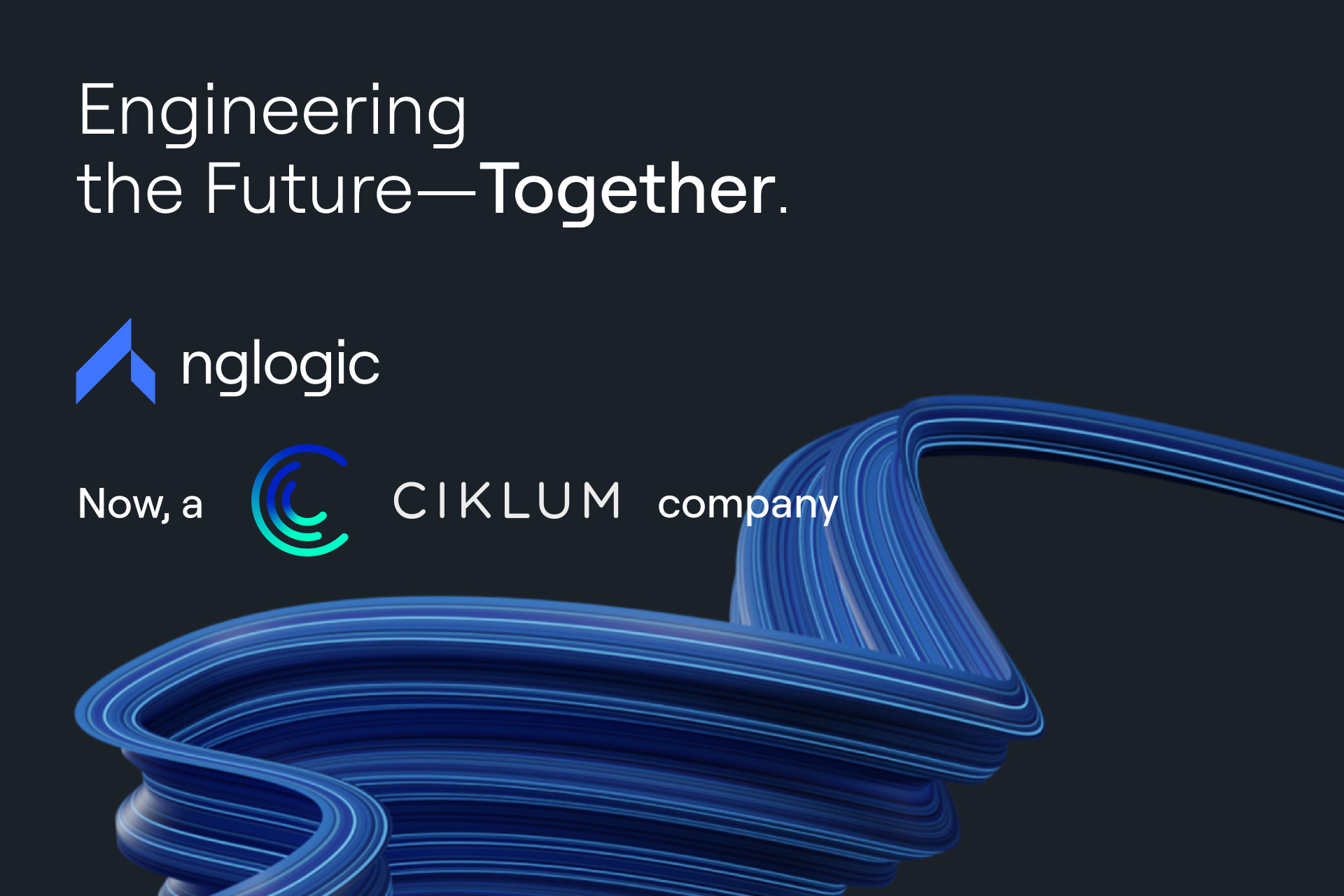React Native is an outstanding framework for the streamlined development of iOS and Android applications. It contributes to increasing business efficiency and reducing costs. Find out how top companies leveraged React Native to create their flagship products.
React Native is an open-source mobile app development framework that allows you to build applications for Android and iOS platforms in JavaScript.
It was released in 2015 by Facebook, now Meta Platforms, two years after the launch of React.js, a frontend JavaScript library for developing web user interfaces.
Starting as an internal hackathon project, React Native grew to become the most popular cross-platform app-building framework in 2019 and 2020.
Building React Native apps “feels like” web development
React Native scored a huge success because it fulfilled initial Facebook’s goal of creating a handy toolkit for developing mobile UIs in a web-development-like manner.
Native development for mobile devices has long been considered more difficult and time-consuming than dealing with web interfaces because of various screen sizes, different operating systems with their own sets of APIs, slower testing, and several other factors.
Facebook’s framework addresses those issues and enables building apps for iOS and Android platforms in one coding language within a smaller development team.
React Native components are pure functions, free from side effects, that return the actual views without the need to read from the underlying rendered view implementation.
Lower costs, shorter time to market, native-app-like user experience
As a cross-platform technology, React Native streamlines building mobile apps for different operating systems. It comes with bundles of reusable code, allowing you to minimize costs and speed up the development process.
React Native-based Android and iOS apps can share up to 99% of the codebase!
As a result, the framework makes the production far more affordable than in the case of a pure native approach, yet it provides a native-like user experience. React Native’s benefits extend to maintenance, enabling faster and cheaper updates.
Another great thing about the framework is that you can integrate React Native code into the existing native app without having to rebuild it. It also works the other way around: you can integrate a native solution into a React app.
React Native app examples
Since its release, React Native has gained immense recognition in the industry and outperformed most of the competition.
The framework has been extensively used by big tech companies and startups, contributing to business efficiency without compromising quality.
Below you can find some React Native example apps developed by high-profile tech companies.
Facebook – the original React Native applications
Facebook’s first React Native project was to rewrite the Events Dashboard feature in the platform’s iOS application. The transition resulted in improved performance and prompted the company to test the framework’s potential on a bigger scale.
Facebook’s team set out to build the Ads Manager application to let advertisers conveniently manage their accounts. The alternative was to either go with React Native or split the job between Objective-C for iOS and Java for Android. The first option seemed like a no-brainer, given that a large part of the code was already written in JavaScript.
Long story short, the company faced a few challenges, especially when dealing with navigation flows, but overall results were excellent. Ads Manager was Facebook’s first React Native app and the only React Native application on the market at that time.
Soon, the company embraced the framework as the default toolset for creating UIs for mobile applications. In the following years, React Native served to build Facebook Analytics and ship new features to native Instagram apps.
Uber Eats – mobile app development with a focus on user experience
Uber Eats is an online food delivery web and mobile app developed by Uber, a ride-hailing giant. The service was launched in 2014 and is currently available in over 6,000 cities across 45 countries.
At first, Uber Eats was a browser-based app. Soon enough, the company realized that a food ordering service must provide fast and convenient access to help quickly appease the appetite of a hungry customer – and these qualities are obviously easier to achieve in a mobile app.
Uber was bent on delivering exceptional user experience, which wasn’t a piece of cake given the relatively complex nature of the service. One of the system’s key components, the restaurant dashboard, was already in place for the web version. Uber’s engineering team was well-versed in web technologies but not so much in mobile app development.
Eventually, the company chose React Native for the project. One of the main arguments favoring the framework was that it “provides a platform for mobile development in the language of the web.”
Discord – one of the first React Native apps
Discord is a messaging platform with over 350 million registered users. It supports chats, voice communication, video calls, and sharing files. The app was launched in 2015 and became hugely popular with gamers. Over the years, it has evolved to attract a more diverse community.
Among the apps that rose to prominence, Discord was one of the first built with React Native. In 2018, the company published a post applauding the framework as “extremely successful” and acknowledging its role in helping drive its “iOS user adoption from zero to millions.”
However, at that time, Discord’s attempt to develop React Native-based Android app proved a failure due to various issues, including poor performance of touch events and lack of 64-bit support.
Unexpectedly, in August 2022, Discord announced the switch to React Native in the revamped version of its app with a range of benefits for users, including improved functionality, faster update cycles, and a more consistent experience across platforms.
Coinbase – a React Native mobile app for boosting growth
Coinbase is one of the world’s leading cryptocurrency exchanges. The platform began operating in 2012 as a website and rolled out its first iOS and Android releases in 2013. The iOS app was written in Objective-C and the Android version – in Java.
Amid tough competition and limited resources, Coinbase had a hard time scaling its platform. Interestingly, the web engineering team saw far better progress than engineers dealing with both mobile apps. At some point, Coinbase acknowledged the need to increase the growth rate on mobile platforms. Having experience with React in the web department, the company decided to choose React Native to revamp its mobile app.
After months of testing and development, the exchange released its Coinbase Pro app, dedicated to professional users, in October 2019. The new React Native application turned out to be a success, delivering high performance and positive business results. Coinbase also saw growth in developer velocity, as web engineers quickly picked up React Native.
Soon, the company moved forward with replatforming its primary mobile application both on Android and iOS.
Shopify – Android and iOS apps built with React Native
Shopify is an e-commerce platform that allows users to easily set up and run an online store. It was launched in 2006 as a web application built with Ruby on Rails, a nascent technology at that time.
When Facebook open-sourced React Native, the Shopify dev team started experimenting with the framework and recognized its benefits. It wasn’t until 2018 that the company embarked on its first React Native venture. Shopify decided to rewrite one of its most popular apps, Arrive, later rebranded as Shop app, in React Native for both iOS and Android platforms.
Satisfied with the app’s performance, Shopify went on to remake its flagship POS app. The job was completed the following year, and the refurbished apps for Android and iOS devices were launched in 2020.
Over the last years, the company went full steam ahead with React Native, praising the framework for its performance and using it to develop Inbox, Shopify Mobile, and Local Delivery native apps.
Looking for React Native experts?
If you’re considering using React Native for one of your projects, you might want to make sure it’s going to be the right fit.
We’ve dealt with numerous challenges both at the frontend and at the backend, and we can offer you some useful insights on how to choose the best tech stack for your business to increase your competitive advantage.
Reach out anytime you want! We’ll be happy to help.













 +1 (888)
413 3806
+1 (888)
413 3806